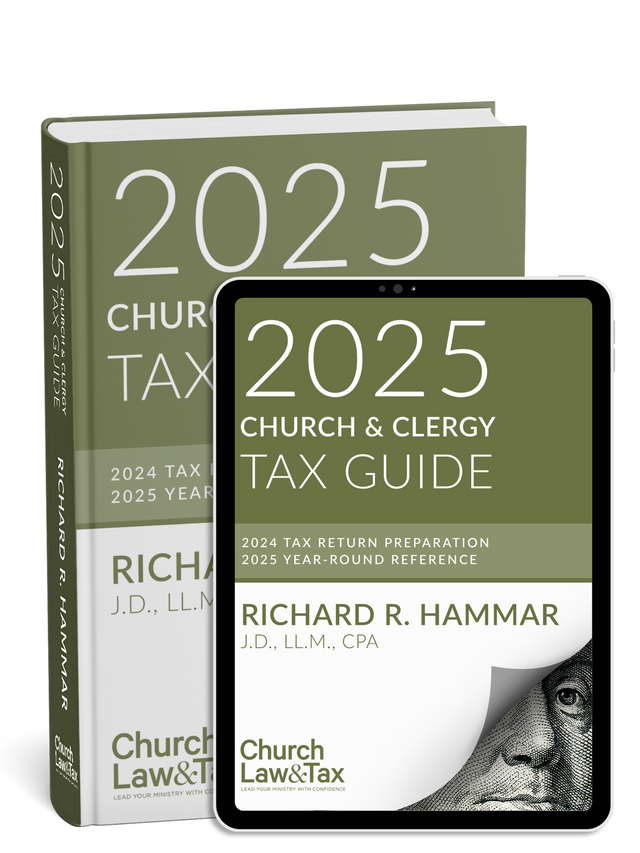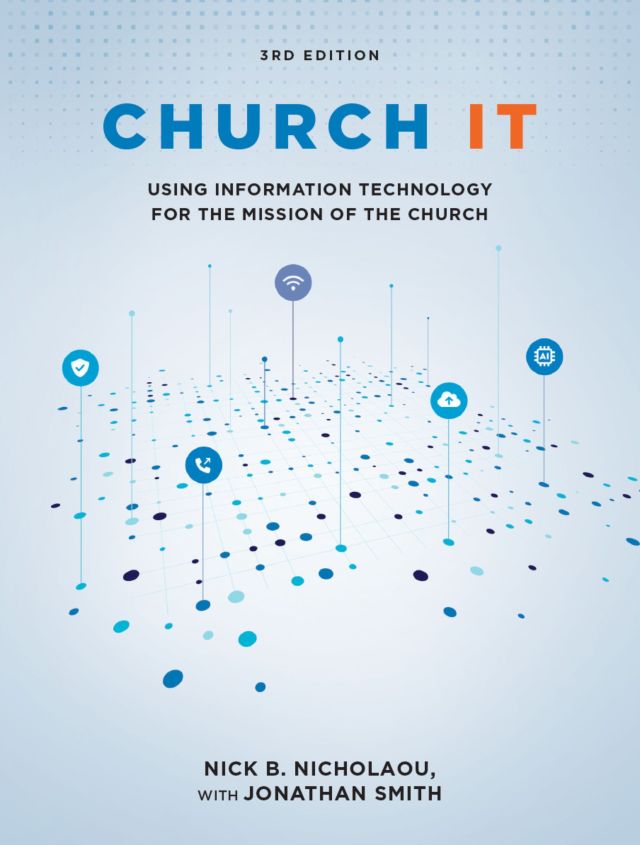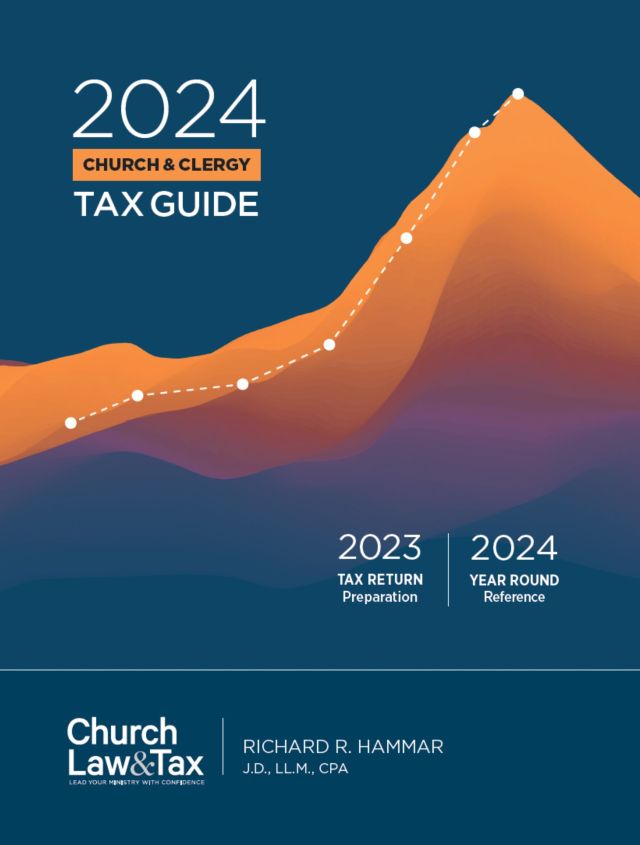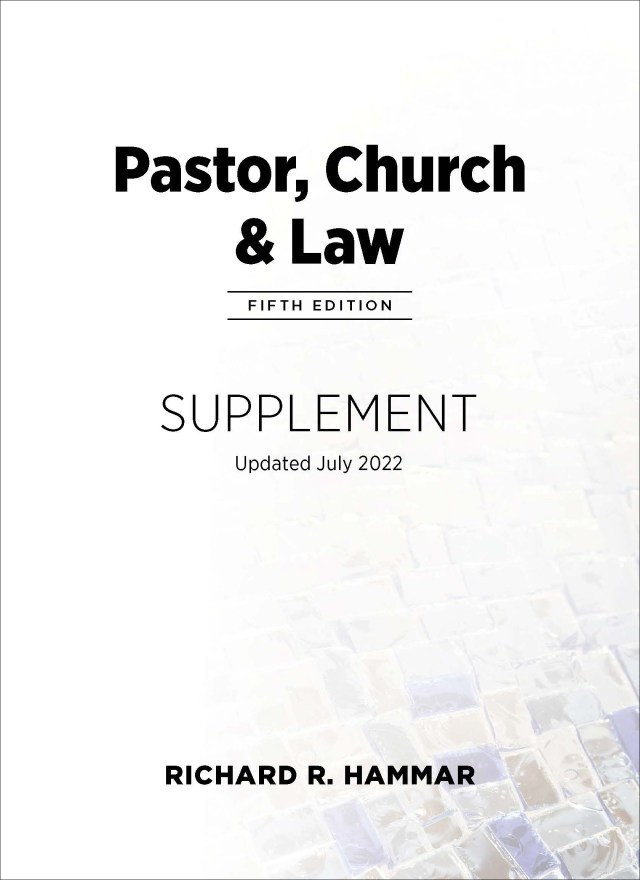• Do family members have a legal right to order a hospital to stop using artificial means to sustain the life of a loved one? This controversial issue was confronted by the New York Court of Appeals (the highest state court in New York) in a significant ruling. The patient—a 77-year-old widow with two children—had suffered a series of strokes that caused brain damage and rendered her unable to care for herself. For several months, she remained at home and was cared for by her daughters (both of whom were nurses). Eventually, however, the daughters were no longer able to care for their mother, and she was transferred to a geriatric facility where her condition worsened. When the mother became “unresponsive and stuporous,” she was transferred to a hospital, where it was determined that she had lost her “gag reflex,” which made if impossible for her to swallow food or liquids without medical assistance. She showed marked improvement after receiving fluids intravenously. Within a few days she became alert, able to follow simple commands, and responded to simple questions. However, she remained unable to swallow. A physician ordered that a nasogastric tube be inserted through her nose in order to provide her with more substantial nourishment. Her daughters, however, objected to such a procedure on the ground that their mother, before becoming incompetent, had “repeatedly stated that she did not want her life prolonged by artificial means” if she was unable to care for herself, and that she was “a very religious woman” who “felt that nature should take its course.” The issue was presented to a hospital ethics committee, which found that it would be inappropriate to withhold the treatment since the patient would die of thirst and starvation within a week to ten days without it. The New York Court of Appeals, in a landmark decision, ordered the hospital to feed the patient by means of a nasogastric tube despite the objections of her daughters. It observed that civil courts have the right to “intervene and direct the termination of artificial life supports” if there is “clear and convincing evidence” that the patient “would have so directed if he were competent and able to communicate.” The “clear and convincing evidence” requirement, noted the court, “forbids relief whenever the evidence is loose, equivocal or contradictory.” The court concluded that the evidence in this case failed to satisfy this “demanding standard.” It agreed that the patient had often made general statements to the effect that she did not want her life sustained by artificial means and did not want to “be a burden” upon anyone. The court viewed such comments as “no different than those that many of us might make after witnessing an agonizing death” and are the type of statements “that older people frequently, almost invariably make.” If such comments were deemed to be clear and convincing proof of a general intent to decline all medical treatment once incompetency sets in, then “few nursing home patients would ever receive life-sustaining medical treatment … and the aged and infirm would be placed at grave risk.” Further, the court observed that the patient’s previous statements had been prompted “by her experience with persons suffering terminal illnesses, particularly cancer,” and that she “does not have a terminal illness, except in the sense that she is aged and infirm. Neither is she in a coma nor vegetative state. She is awake and conscious, she can feel pain, responds to simple commands, can carry on limited conversations, and is not experiencing any pain. She is simply an elderly person who as a result of several strokes suffers certain disabilities, including an inability to feed herself or eat in a normal manner. She is in a stable condition and if properly nourished will remain in that condition unless some other medical problem arises.” Such evidence, the court concluded, did not amount to “clear and convincing evidence” that the patient would have declined to be fed through a nasogastric tube had she been competent and able to communicate. It further observed that the daughters had not objected to spoon-feeding their mother while they were caring for her in her home, though she would have certainly died without such assistance. In summary, the patient’s previous statements may have been sufficient to justify the discontinuance of artificial life-support procedures had she been dying an agonizing death from cancer. But it was not clear that such statements indicated an intent to choose death by starvation and thirst when she was not terminally ill. Matter of Westchester County Medical Center, 534 N.Y.S.2d 886 (1988).
© Copyright 1989, 1998 by Church Law & Tax Report. All rights reserved. This publication is designed to provide accurate and authoritative information in regard to the subject matter covered. It is provided with the understanding that the publisher is not engaged in rendering legal, accounting, or other professional service. If legal advice or other expert assistance is required, the services of a competent professional person should be sought. Church Law & Tax Report, PO Box 1098, Matthews, NC 28106. Reference Code: m44 c0389




